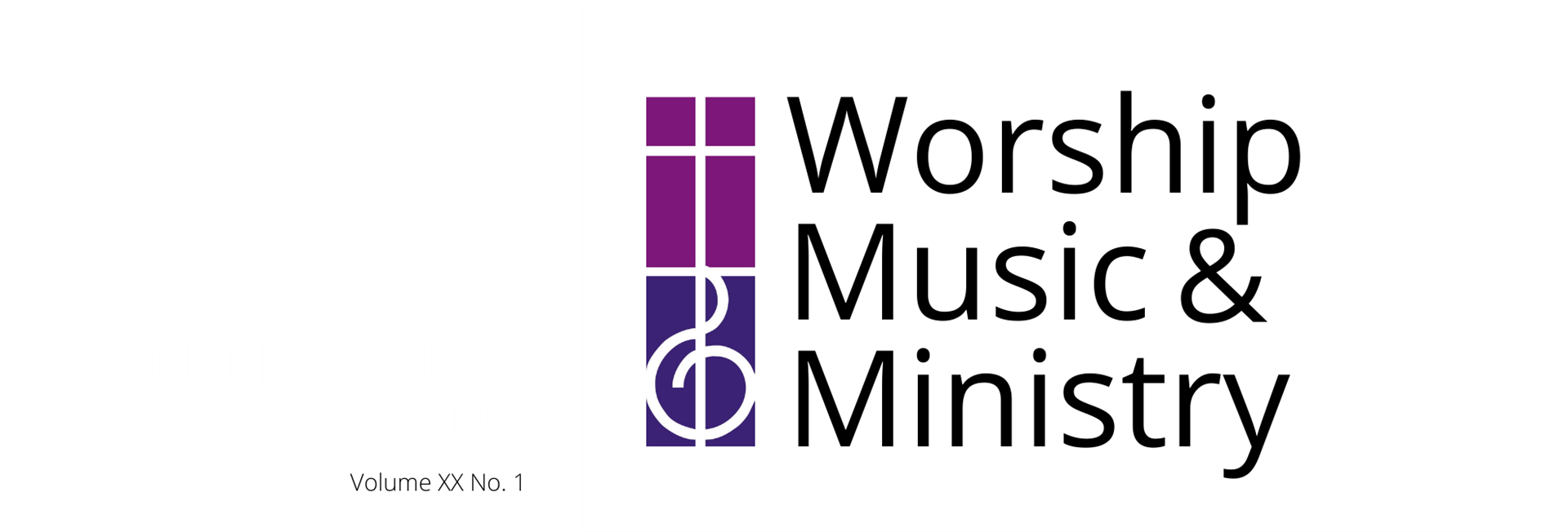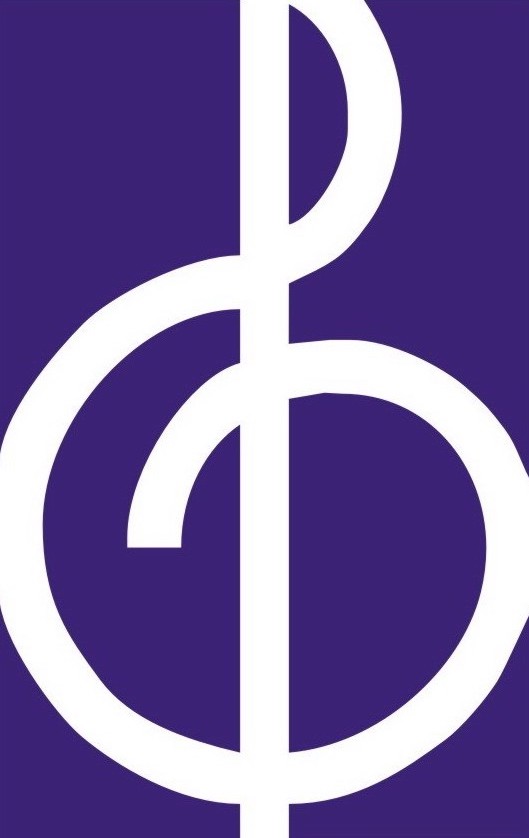A Sunburst of Glory /All Flesh Shall See It TogetherBy Mel Bringle Traduttore traditori, the Italians are famous for saying: to translate is to betray. In other words, in shifting a text from one language to another, translator biases frequently come into play. The Hebrew word basar offers a telling case in point. Its appearances in scripture are variously rendered into English as “flesh,” “body,” “animals,” and “humankind.” Context helps to determine which of these is chosen. So does the translator’s theology.
Think, for example, of the proclamation appearing in Isaiah 40:5, familiar to many of us through Handel’s Messiah with a libretto from the King James Version: “The glory of the Lord shall be revealed, and all flesh shall see it together.” In the New International Version, this passage becomes instead: “The glory of the LORD shall be revealed, and all people shall see it together.” A similar phenomenon appears in Joel 2:28. God’s Spirit is variously poured out on all flesh or all people. The translation chosen is a difference that makes a difference. It speaks to no less a topic than how expansively we understand the sweep of God’s revelation. Does that sweep include the nonhuman world, or is God’s grace intended for humans alone?
A commission I received from the Institute of Liturgical Studies (Valparaiso University) allowed me to weigh in on this question. The commission suggested creating a new hymn for the Sundays after Epiphany, dealing with the theme of the Word becoming flesh. With John 1:14, as with Isaiah 40:5, questions arise about how broadly the concept of “flesh” should be understood. One view restricts the interpretation of John along the lines of the NIV translation of Isaiah 40:5: The Word became a human being. But a view with which I have come into increasing sympathy (partly because of classes I regularly teach in environmental theology) is summed up by Danish theologian Niels Gregerson’s term “deep incarnation.” In “deep incarnation,” God’s Logos in Jesus is understood to take on the fleshly conditions of all creatures: not just humans but plants, animals, and inanimate matter as well.
When I mentioned my interest in deep incarnation to Sally Ann Morris, the composer invited to work with me on the commission, she was also taken with Messiah’s well-known reference to “all flesh.” So she proposed incorporating a sort of homage to Handel as a refrain in her composition. Within a few days, she sent me a draft of the tune (which is now titled SUNBURST, referencing the image of the first line), and the rest of the text followed. The hymn begins with the prophecies of Isaiah and the birth of the Christ child, who is “at one with the earth, yet wholly God’s own”—or, theologically speaking, who performs the act of “atonement,” bringing together in his person the formerly estranged earthly and divine realities. After that, the verses follow a pattern of mineral (v. 2, mountains, valleys, stones, moon, and stars), animal (v. 3, lamb, lion, bear, swallow, dove), and vegetable (v. 4, grass, lilies), illustrating the cosmic expanse of God’s revealed grace. Finally, the refrain reiterates that this grace comes “to life in the Word”— to say that it comes not just to humans but again to “all flesh,” to all life forms and their surrounding materiality. ■ Scripture: Job 38:7; Psalm 84:3–4; Isaiah 9:6; Isaiah 11:6–7; Isaiah 40:5, 7–8; Isaiah 51:3; Isaiah 60:1; Luke 19:40; Colossians 1:15–20Job 38:7; Psalm 84:3–4; Isaiah 9:6;
A Sunburst of Glory / All Flesh Shall See It Together
Mary Louise Bringle, 2018 © 2021 GIA Publications, Inc.
Reproduced by permission of GIA Publications, Inc. Any further reproduction requires permission from the publisher. For congregational reprint licensing, contact ONE LICENSE.
| MUSIC DOWNLOADS By Mary Louise Bringle Tune By McKee Lyrics & Arr. Reverend Cliff Aerie By Tom Trenney By Jean Sibelius By Jean Sibelius Arr. WWL By Jean Sibelius Arr. WLW CROSSES This Celtic wheel cross is a form of Christian cross that emerged in Ireland, France and Great Britain in the Early Middle Ages. It became widespread through its use in the stone high crosses erected across the islands, especially in regions evangelized by Irish missionaries. This cross is not to be confused with a variation that was appropriated for use as a symbol of white supremacy. The symbol is vastly used by non-extremists in contexts such as Christianity, neo-Paganism, and Irish patriotism. |

_Bringle_bio-photo.jpg) Mary Louise (Mel) Bringle is Professor of Philosophy and Religious Studies and coordinator of the Integrated Studies major at Brevard College in Brevard, NC. Her original hymn texts and translations are included in hymnals and supplements of numerous denominations in North America and Scotland. She has served as President of The Hymn Society and chair of the Presbyterian Committee on Congregational Song, responsible for creating the 2013 PCUSA hymnal Glory to God. In the summer of 2020, she was named a Fellow of the Hymn Society.
Mary Louise (Mel) Bringle is Professor of Philosophy and Religious Studies and coordinator of the Integrated Studies major at Brevard College in Brevard, NC. Her original hymn texts and translations are included in hymnals and supplements of numerous denominations in North America and Scotland. She has served as President of The Hymn Society and chair of the Presbyterian Committee on Congregational Song, responsible for creating the 2013 PCUSA hymnal Glory to God. In the summer of 2020, she was named a Fellow of the Hymn Society..svg.png)

